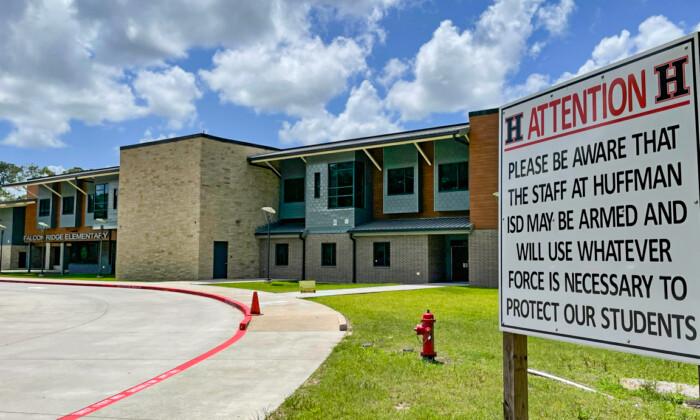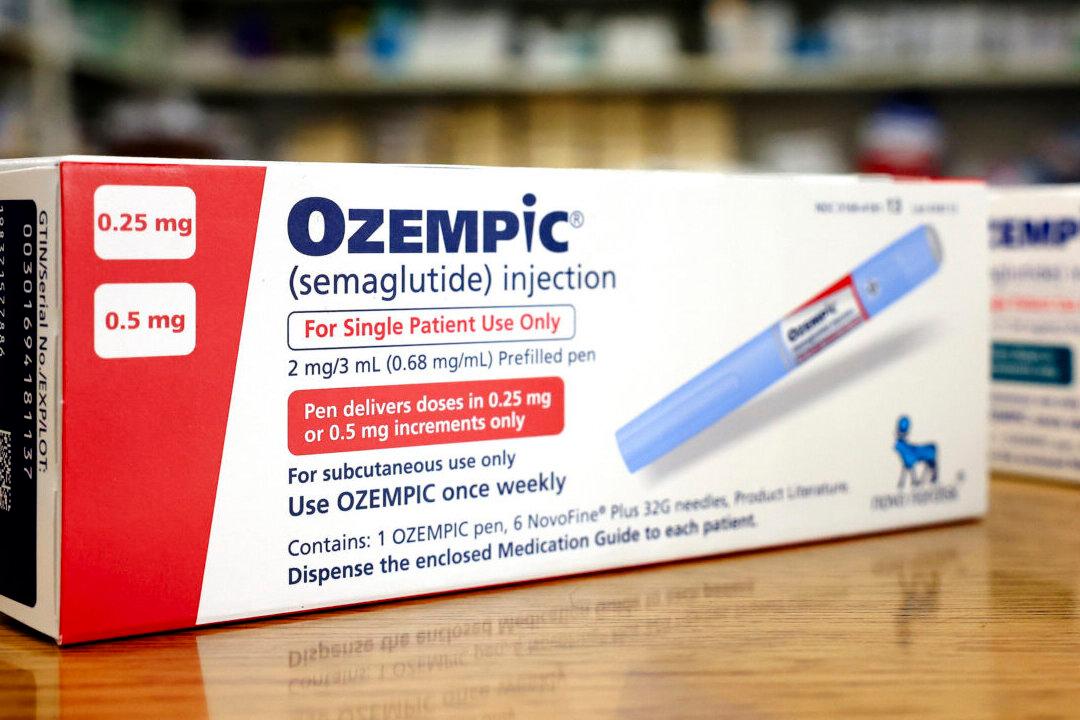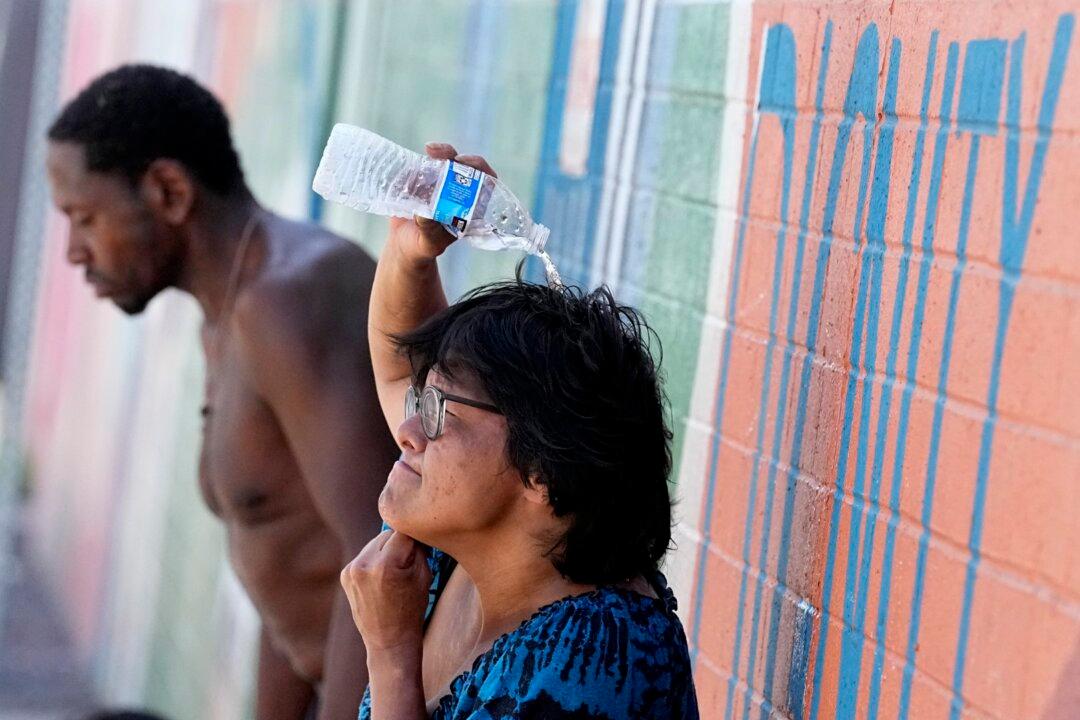With the horror of the school shooting in Uvalde, Texas, still fresh in the minds of many Americans, a former law enforcement officer and SWAT team leader has come up with a three-point plan to make schools safer.
Mark Sherwood, a 24-year retired veteran of the Tulsa Police Department in Oklahoma, is also an author, a naturopathic doctor, founder of the Functional Medical Institute in Tulsa, and an Oklahoma gubernatorial candidate for 2022. He is also a parent and grandparent.





